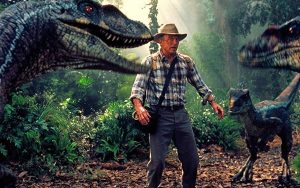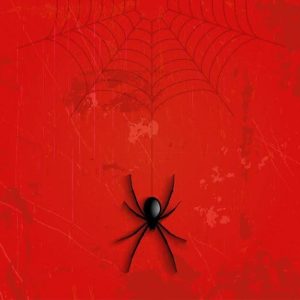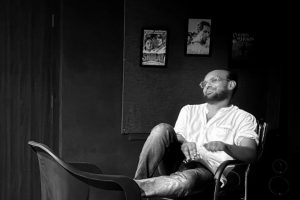Filmmaking is a symphony of creative elements, and the director acts as the conductor, orchestrating the visual, narrative, and emotional impact of the film. Many renowned directors have become synonymous with specific techniques, infusing their own unique style into the language of cinema. So, let’s take a look into the signature directorial shots of some of the greatest filmmakers.
Filmmaking is the process by which a film is made. Simply put, it is the art and the craft of visual storytelling. Films have a greater impact than far imagined. Films have the power to evoke emotions- it has the power to change hearts and minds. It mirrors cultures, teaches us history, and lets us experience multiple aspects of life through characters and stories, and the person who designs the creative vision of a film is called a film director. They direct the making of the film- everything from pre-production to post-production, through their creative storytelling and vision. Through modern cinema, the world has witnessed the work of some of the greatest and influential filmmakers like Martin Scorsese, David Fincher, Steven Spielberg, Christopher Nolan, and more. These filmmakers have created a benchmark of their own in the industry.
But what makes them stand out from the others? They pursue a unique artistic perception, and seek to express something different and intimate yet very universal and deep. Out of all the aspects like storytelling, editing, and writing, their filmmaking style, also known as the ‘Visual Style’, is one of the most compelling factors that makes them stand out from others, and all of the great filmmakers have their own unique style. It’s like how they like to shoot their movie and what particular aspects they lean into more than the rest.
Here are some of the famous directors and their famous techniques which they apply, in order to enhance their creations.
Wes Anderson
If you’re watching a movie that has straight lines and symmetrical framing or any geometrical pattern, a distinct color palette, or pastel colors in the frame, chances are that you’re watching a Wes Anderson film. Every frame in his film is an art. He has the most distinctive and amusing visual style in cinema and his work is highly recognizable. When it comes to framing, Wes is obsessed with symmetrical frames and straight lines. He uses straight lines to drive the viewer’s attention towards the subject; he draws focus to the subject by placing it either in the middle or either side of the symmetrical frame center.

He uses a particular color palette throughout his movie, in fact, everything from the production design- every cutlery piece, the wallpaper, every piece of clothing of the characters, to the hair color- matches the particular color palette. “The Grand Budapest Hotel” is pastry pink and for “The Darjeeling Ltd”, it is sunset orange. Frequent use of overhead shots, whip pans or pan shots, and snap-zooms are some of the compositional techniques Wes uses in his films. He is not just a filmmaker; he’s an aesthetic.
Quentin Tarantino
Quentin Tarantino is one of the most recognizable filmmakers of modern cinema. The writer-director is known for his unpredictable and violent films. He first gained widespread fame with his movie ‘Pulp Fiction’. Those who are familiar with his works, know that the ‘Trunk Shot’ is the filmmaker’s signature shot. The Trunk shot is a low-angle shot used in cinema when one or more characters need to retrieve something or someone from the trunk of a car, with the characters looking downwards, towering over the shot. Along with that, he also uses reverse trunk shots with characters being watched from outside the trunk.
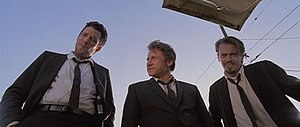
This trademark shot is seen in most of his films, right from his early work “Reservoir Dogs” (1992), to his most successful films like “Kill Bill: Vol. 1& 2”, “Inglorious Bastards” (2009), and “Django Unchained” (2012). Along with foot fetishes and associating food with power in his movies, long takes and tracking shots, mirror shots, well- written monologues, graphic violence, dark comedy, and also his love for music- upbeat music during death/torture scenes, all play essential roles in his films. These are some of the unique aspects of his filmmaking style.
Steven Spielberg
If you see too many extreme close-ups of the characters on your screen, chances are that you’re watching a Steven Spielberg film. Steven Spielberg is the highest-grossing famous filmmaker of all time with a 30+ feature film career. In his movies, he guides emotions with the character’s face, and this technique in his films is often called ‘The Spielberg Face’. This is where the director shows the character’s extreme close-up face and then cuts it to another scene.
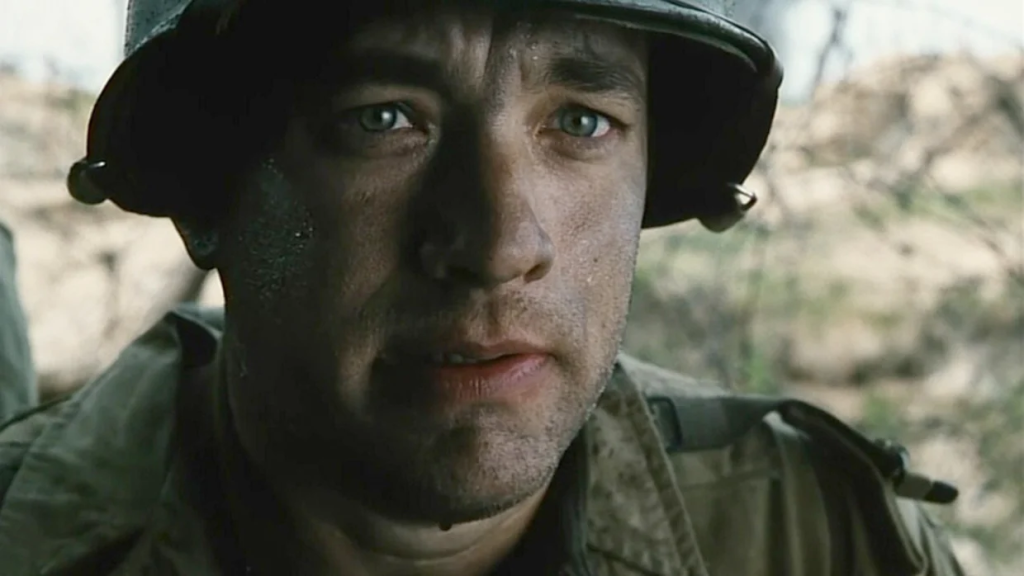
This technique adds an extra layer of emotions for the audience to feel it. Most of the time, the character in this shot is amazed, and their face is full of surprise. This technique is used in all of his films. Along with the emphasis on childhood, struggles to survive, reflection shots, and long shots are the elements you will see in most of his movies.
Stanley Kubrick
Kubrick’s most famous trademark is the use of Symmetry composition i.e., one-point perspective and the infamous ‘Kubrick Stare’. Most of his movies contain scenes making use of this technique. He uses the exact center of the frame as a one-point perspective with everything else in the shot leading to that singular point. This technique leads the audience into action.
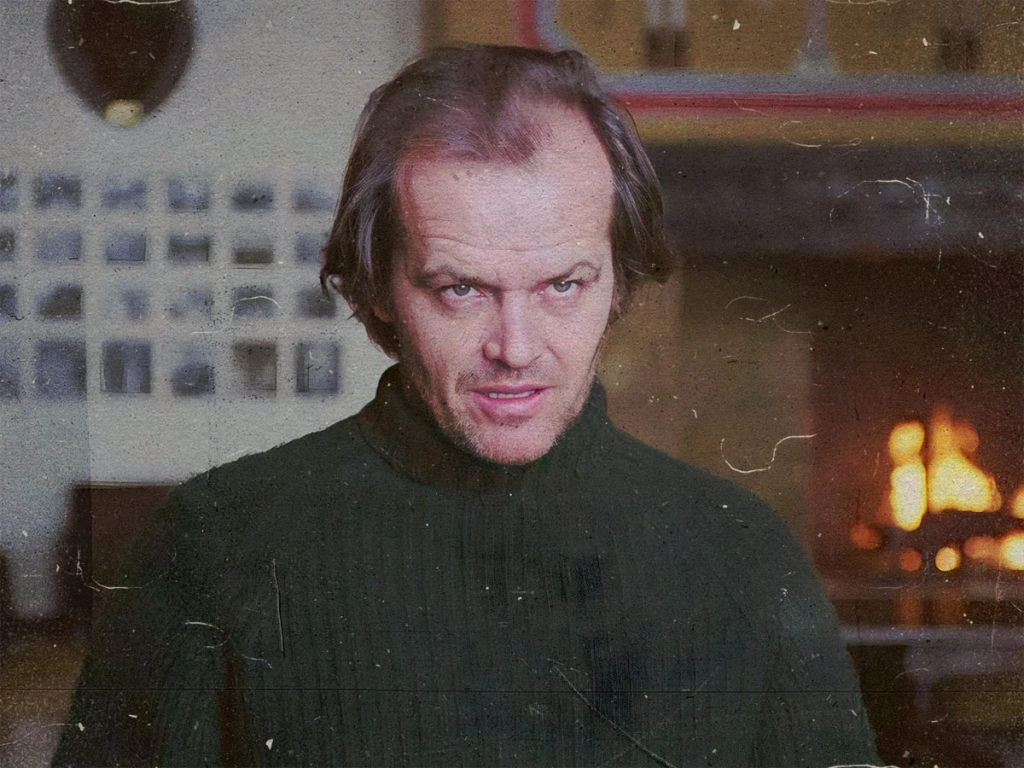
Whereas the ‘Kubrick Stare’ shows the power of the gaze and this technique is usually used to signify that the character is about to flip out. This is a shot with the character tilting his head down and eyes up beneath his eyebrows while smiling wildly. The main intent behind this technique is to draw the audience into the scene. Other than these two trademark techniques, long-tracking shots down hallways, rapidly changing camera-angles, and using bold colors are some of the trademark techniques that Stanley uses as a director.
These techniques serve as a testament to the directors’ creative vision and their ability to manipulate the cinematic language to tell their stories in a unique and captivating way. The distinctive techniques employed by renowned directors transcend stylistic choices. They act as powerful tools to shape the narrative, evoke emotions, and leave a lasting impression on the audience.
Written by- Shirsa Dasgupta | Edited by- Apurv Nayak

